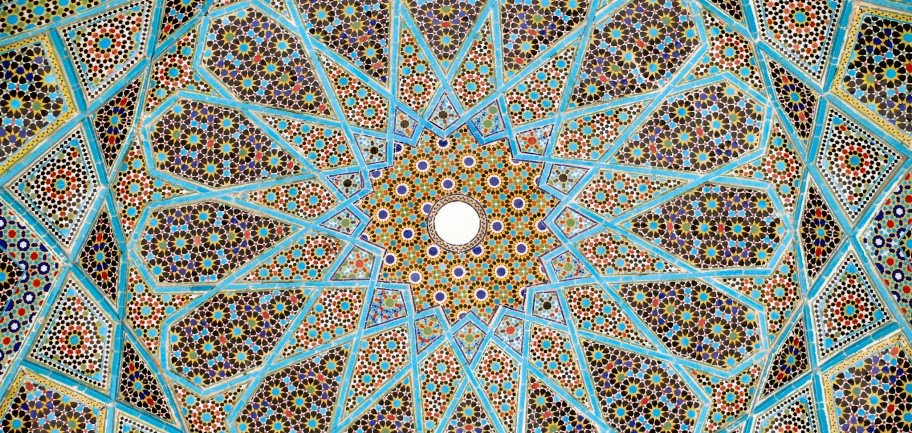When I first discovered the works of Dr. Annemarie Schimmel (1922-2003), I was amazed by her prolific list of publications and lectures on Islamic India and Persian mysticism. It was obvious that after reading only a little of her writings that Schimmel had a special love for her research and tirelessly worked to highlight the rich achievements of the Islamic world in Western academia.
Schimmel's biography reads one of a prodigy:
Born on April 7, 1922, in Erfurt, Germany, she finished high school at 15 and earned a doctorate in Arabic and Islamic studies at 19. She had a nearly photographic memory. For years she was a consultant to the Metropolitan Museum of Art in New York, where she was legendary for her ability to identify scraps of ancient text. After earning her second doctorate, in comparative religion, Ms. Schimmel began teaching Persian and Arabic poetry at the University of Marburg in Germany. For several years she taught theology at the University of Ankara in Turkey, the first woman and the first non-Muslim to do so. In 1967 she inaugurated the Indo-Muslim studies program at Harvard, and remained on the faculty for the next quarter-century. She was proficient in Latin, Greek, Arabic, Persian, Turkish, Urdu, Sindhi, Punjabi, and Pashto. She was also a much sought-after lecturer, and her style of delivery was famous: she would clasp her purse with both hands, shut her eyes, and speak for exactly the amount of time allotted to her.
She was much loved in Pakistan and even a boulevard was named after her in Lahore:
One of Schimmel last projects was a book titled: The Empire of the Great Mughals: History, Art and Culture (2006). It's a highly readable survey of the Mughal Empire and includes fascinating information about women at the court and the imperial household. In the coming years, I hope to travel to Lucknow, India to study Mughal Persian through the American Institute of Indian Studies. With Schimmel on my desk, I don't need to look far for inspiration :)








































.jpg)

